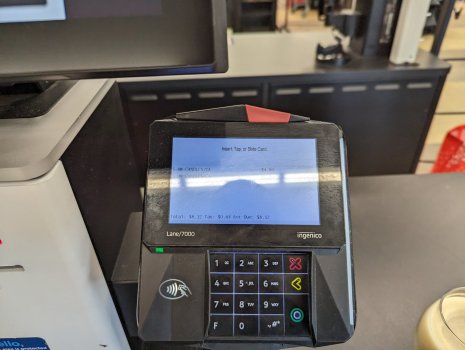Of course there are exceptions, but even in the US it's still generally true that contactless acceptance means that Apple Pay works (at least at the terminal level). The differences start showing up when you consider the usability of the terminal in the first place. For example, the hospitality/food service industries in general are especially not great for customer use of NFC but depending on the location may still have significant use of contactless (by virtue of employees tapping physical cards for customers).
Unfortunately I suspect that as long as contactless is getting used at all, that's good enough for Visa, MC, etc. Which means that a lot of the usability issues may never get fixed.
The NFC on a physical credit card and a physical debit card are different from the NFC of mobile phones and smart watches.
In UK and Ireland, if your payment is £100 or more in UK or €50 or more in Ireland, then the card reader locks the NFC for physical cards. In this case, you need to insert your card and enter PIN number.
The card reader does not lock the NFC for mobile phones and smart watches if you pay these amounts in UK and Ireland. This means that you can use Apple Pay, Google Pay, and Samsung Pay.
Last edited:


